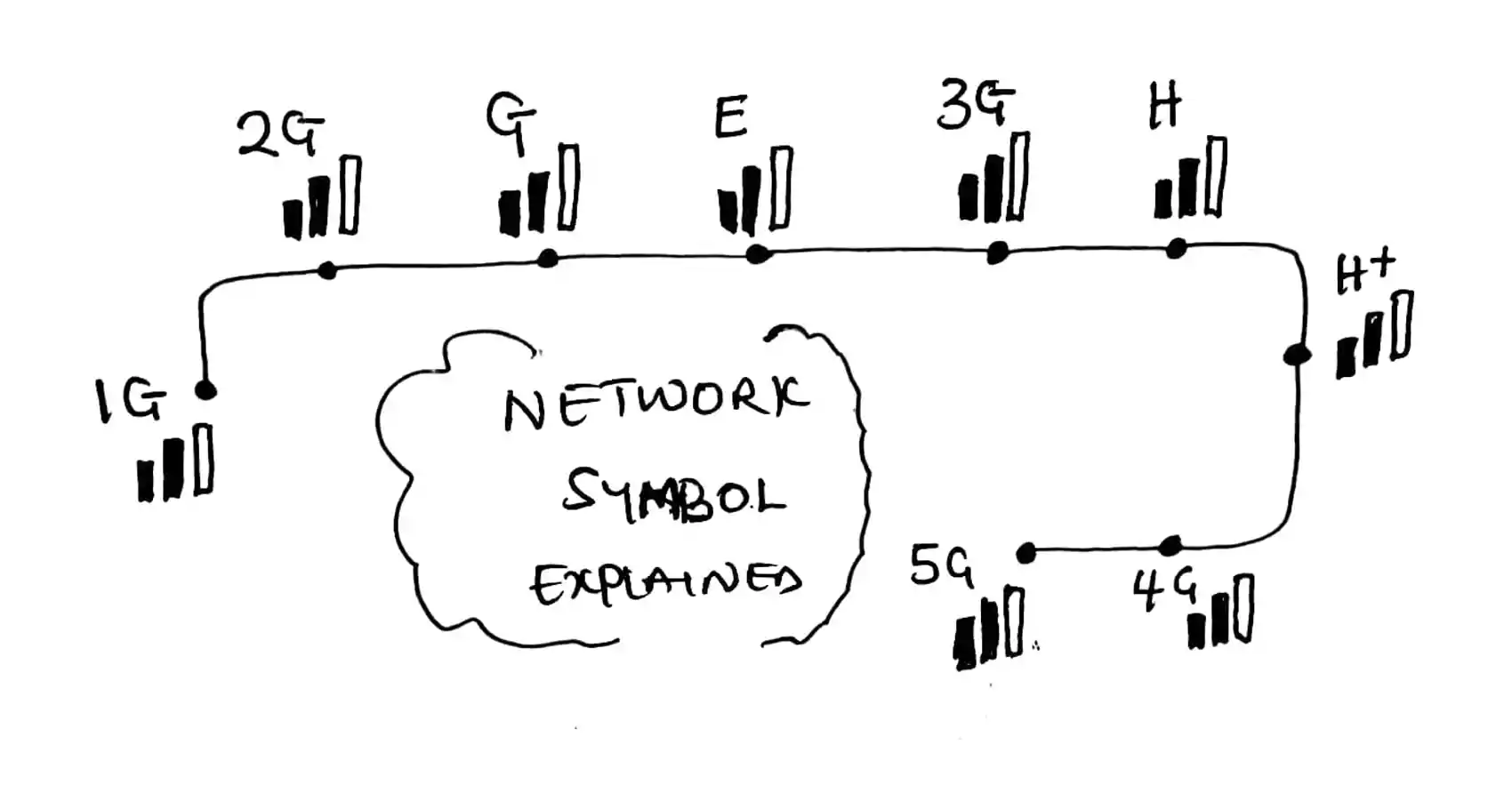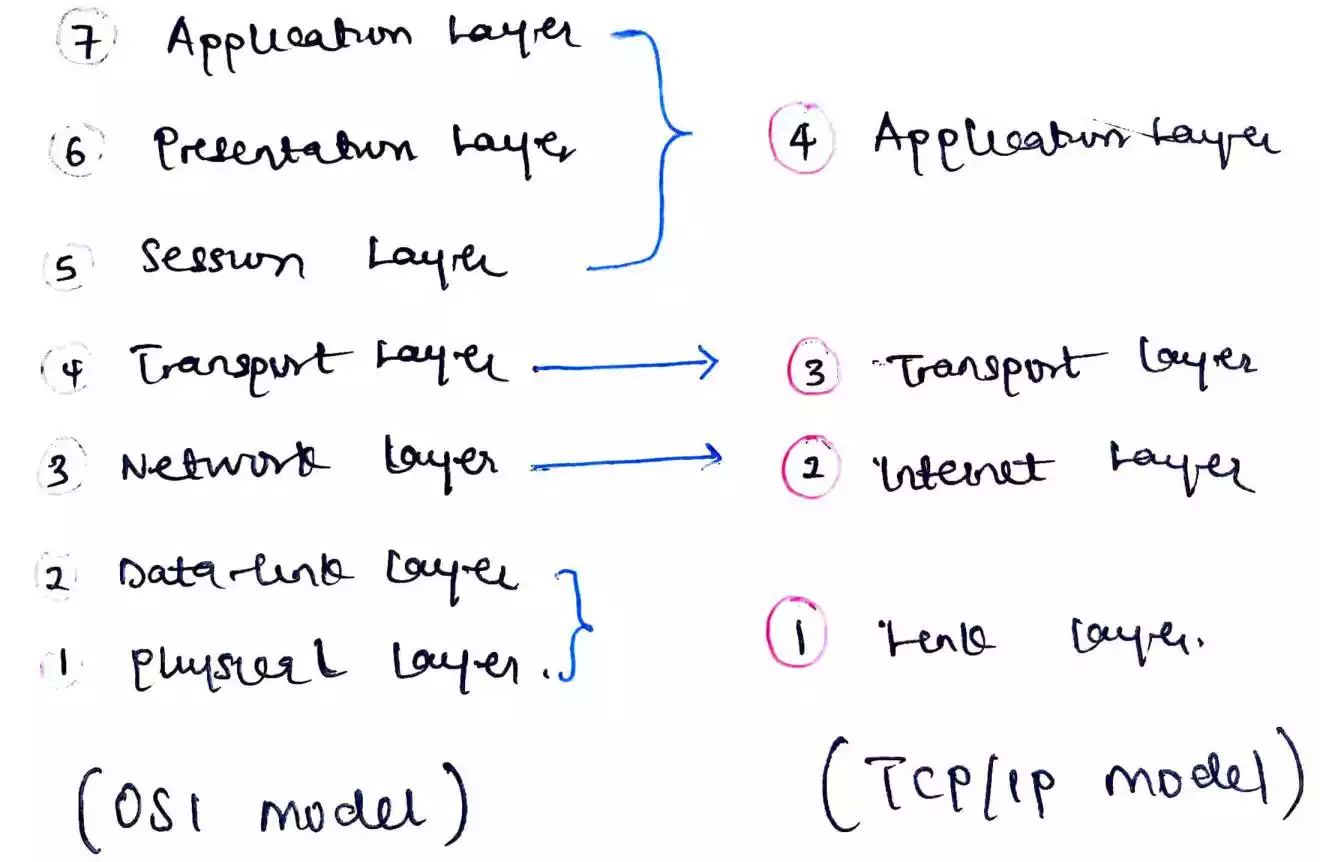What Are the Similarities Between Packet Switching and Message Switching
Packet switching and message switching are both methods of data transmission used in computer networks.
In packet switching, when you send data over the internet, it doesn’t travel in one piece from your device to the recipient’s device. Instead, it is divided into small units called packets, each containing a piece of the data, along with information such as the recipient’s address and other necessary details.
These packets are then sent over the network through different routes or paths, and when they arrive at their destination, they are reassembled into the original message.
While in message switching, data is transmitted by dividing the data into messages rather than packets.
When you send a message, it is stored at the first node it reaches, which then sends it to the next node, and so on, until it reaches its destination. At each node, the message is stored in a queue until there is an available path to the next node.
Read More: Circuit Switching, Message Switching and Packet Switching Techniques Explained
Similarities Between Packet Switching and Message Switching
Here are some similarities between packet switching and message switching:
- Both packet switching and message switching involve breaking down data into smaller units. Just as explained above, in packet switching, data is divided into small units called packets, while in message switching, the data is divided into messages.
- Both methods allow for the efficient use of network resources by transmitting data in smaller units, which can be sent over different routes and reassembled at the destination.
- Packet switching and message switching are designed to handle network congestion by storing data in buffers and retransmitting it when network traffic reduces.
- Both methods can be used to transmit data over long distances, making them suitable for wide-area networks (WAN).
- Packet switching and message switching are both reliable methods of data transmission, with mechanisms in place to ensure that data is delivered correctly and efficiently.



